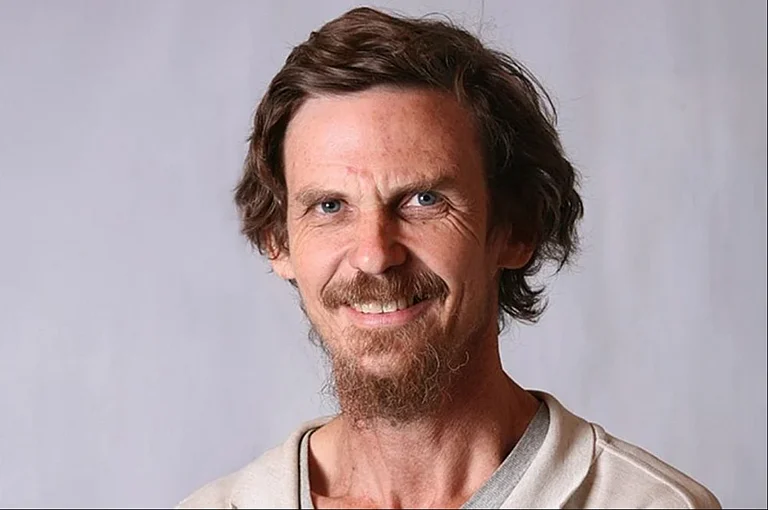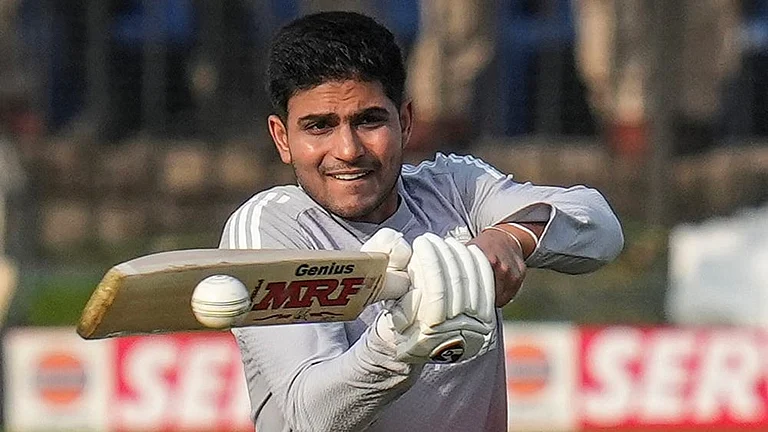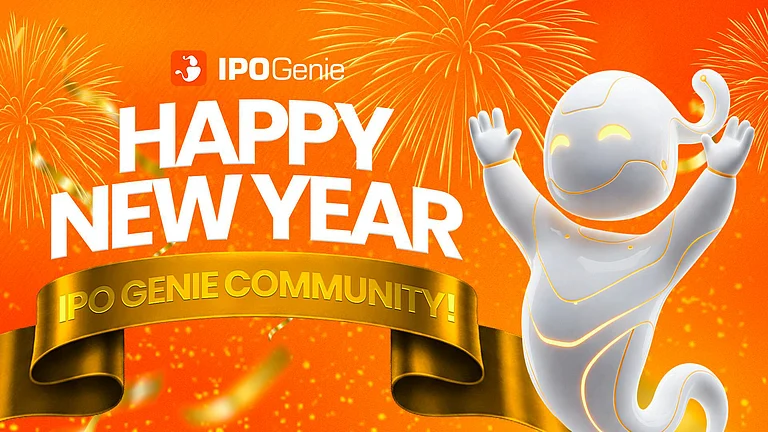I’ve been obsessed with Audrey Hepburn for as long as I can remember. It started in the greenness of youth, sauntering around the bookstore the starting year of college, in the only proper mall Bangalore had back then. I would peruse the gold-trimmed editions in the classics aisle, and (guiltily) the poppy pink covers of the chick-lit shelves, eventually gravitating to the stationery floor. The fluorescent-lit space was peppered with spiral-bound notebooks, diaries with heart-shaped locks, posters of bygone boybands. And in the deluge of journals and postcards, I would pull out anything with Audrey’s face on it. A poster with her in her dark unitard from Funny Face. A pastel daybook with a line drawing with her signature frame from Breakfast at Tiffany’s. A photo journal about her growing years by Taschen. I began to create my own Audrey section, tucked away behind a badly illustrated children’s book that had gathered a thin sheen of dust. And whenever I could, I would come back and look at them.
It was 2009, a time in life when gay men were still treated as a moving punchline in Bollywood films, and gay women were perceived as buzzcuts with biker jackets. It was a world that seemed removed from mine, save the connection that came from having just one close, non-binary friend. I didn’t have the tools to know it then, but Audrey was my first real crush… on a woman.
It seemed then a quirk of my girlhood — women often idolise other women, especially women that embodied who they’d like to be. Audrey was, in many ways, that epitomisation: Beautiful, graceful, smart, compassionate. A role model, at eighteen, it certainly seemed like the right reason to be so terribly taken by her. And, to my friends, it was simply that — an adorable love that proved helpful when they had a birthday gift to give. Over a decade, I’ve raked up Audrey biographies, coasters, keychains, cups — wealth enough to open an unofficial gift shop. But it took me years to realise it was more than that. More than just simply admiration for a beautiful woman. More than platonic love.
I understood I was bisexual many years later than the queer folks I know. For them, it was an early inkling, a draw towards fashion when their fathers were force-feeding them football or cricket. Secret kisses were exchanged with girls who would never acknowledge them in public. Or simply, this niggling feeling of being just a little bit ‘different’.

I was late enough to the party that only stragglers and cleaning crew remained. I had none of those formative ‘aha’ moments — only ones of curiosity, of occasional experimentation with endless justification. How I navigated that curiosity is a whole other story, but by the time I finally did, I was well into my twenties. Well past the exploratory college era and into the glamorous (but back-breaking) world of lifestyle magazines. And, also, in a committed, loving… and ‘heterosexual’ relationship.
It was a strange place, desperately lonely. It was a mountaintop I felt stranded on. Even the people that could see me were at too far a distance to really see me. My life was divided into two camps. There were my straight friends, all in different parts of the topography to the ultimate destination that is mapped out for us through life — being single, dating, getting married, and finally, having a ‘family’. Each was happy and unhappy in his/her own particular way, with a range of choices running the gamut. And then, there were my queer friends, contending with so much more at every turn, living different versions of their queer lives — from open and unabashed to quiet and guarded. But there was no in-between. No one that had the ‘convenience’ of a straight relationship — but wasn’t straight.
It was a whirlpool of feeling I carried alone. It was out of character for me to lie to my partner; our relationship is premised on abject honesty, no matter how gritty and uncomfortable. To not tell him for the many years it took me to find the sticking place for my courage felt like playacting. I was donning the role of a woman that preferred only men, justifying it to myself by insisting it wasn’t a lie — it simply wasn’t the whole truth. And so, several years slipped by. It was easy enough — I loved him deeply and it seemed an unnecessary can of worms to saw open, one that would only leave us to reckon with its jagged, steel edges.
We soon began to share a home. Marriage was on the cards. We loved each other, didn’t we? It was the natural progression of that love in a society cut from the cloth ours is. It would make our lives easier; renting homes, access during hospital emergencies — the things you can take for granted in matrimony but are hell for the out-of-wedlock twosomes to navigate. It felt organic; not the rebarbative commitment I’d envisaged in my growing years. The odious thought of being bound to someone had slowly become — amidst pillow-talk that knew no judgement, or shared cups of tea during holidays in the hills — a comforting one.
As a wedding became imminent, I finally shared my thoughts with the one friend I knew would understand because she, too, was bisexual —and had been married two years at the time. “I only ever sleep with women; I find it so much easier.” The women her husband didn’t have a problem with; other men, of course, he would wage war about. It seemed minimising to me — a system that trivialised her attraction to women as fetishistic, one that couldn’t have real consequences for the marriage. To her, it held as much weight as making love with a man — just as meaningful or meaningless. But it was as if her husband believed it ‘didn’t count’; that a woman was incapable of tarnishing their bond the way a man was sure to do.
The blueprint of her marriage was not one I saw myself replicating; both attractions were equally valid. I was just as capable of falling in love with a woman as I was of caring nothing for a man after a night together. It was something real — one that a marriage shouldn’t swallow whole. I finally told my now-husband about it, and he was as kind as I’d hoped. He made no snap judgments about how this would impact our relationship, leaned into no stereotypes about bisexual fidelity (or lack thereof). He encouraged me instead, to explore whatever I needed to; whether it was finally talking about the women I had had feelings for, frequenting more queer spaces, or finding my community. I began to revel in my revelation.
And still, there was a part of me that wished I’d had the courage to do it sooner. I ached for all the years I’d lost where I could have truly given myself the freedom to have adventures, to lean into the moments I’d pulled back from; the intimate conversations thick with tension that I would not break, the furtive kisses with women I desired that I compartmentalised as ‘youthful exploration’. I was on the shore of surety, looking back on a deep, cerulean ocean of missed opportunities that I had sailed over steadfastly. And now, it seemed temerarious to venture back. I had found my footing. I had found my person.
It was like the close of a chapter in an unfinished book. The little addendums of the next part of the saga began to sneak up — particularly, the idea of ‘coming out’. I had done enough compact ‘coming out’ anthologies as a journalist to know it was a life event. Every queer person I’d ever interviewed remembered theirs with surround-sound clarity; the dread, the building panic, the reaction, the aftermath. My blood ran cold at the thought of having to tell my parents. Colder still at the thought of telling his. Even certain friends didn’t seem like they’d accept the information with open arms and warm hearts. I saw a need for justification coming my way; confusion, curiosity… And the thing I feared with the fervour of a thousand sea monsters; being looked at differently.
“I’m the same person!” I often found myself saying aloud as I saw myriad versions of the coming-out conversation going wrong in my head. In every rendition, I found myself failing. Failing to live up to the people I would tell. Failing myself for feeling that way. Failing my newly discovered sexuality for being in a heteronormative marriage without the courage to go public. I was married to a man I loved, right? Did it even matter anymore that I was bi?
The funny thing is, I had convinced myself it didn’t. That I had done what most people did — or wanted to do, on some level. I had made a commitment to someone I loved. Yes, that person was a man, and that made things easier in the face of a world that is notoriously unkind to anyone who dares to differ — when it’s not patronisingly rah-rahing them for cool points, of course. The simplest thing seemed to be to let things lie, to be perceived as ‘straight’ with only a few friends in the know that I could talk about it with when I felt the need.
It was only when I started writing my novel that I realised exactly how deftly I had been lying to myself. It was a novel I began writing after encouragement from friends in publishing. I had originally imagined it to be about female friendships: Millennials from the city trying to navigate their lives, the vagaries of being women in India, the gradation of friendships and their long-running resentments. And, before I realised I was doing it, my lead character was bi.
As I wrote her, I realised how much it tied into her persona, the very essence of who she was and how she saw the world. She wasn’t me, but she aired my grievances, faced my fears, and navigated my self-doubt. In creating that character, I realised how easily I had found a way to express the part of me that I didn’t know how to. The part that, had it not been for writing, may have been shelved forever.
I chose, then, to take a cue from the character I crafted. She had never been ashamed of being bi, never been nervous about it once she had figured it out for herself. And sure, she was fictional, but she represented something more real to me than the person I had always projected. She wasn’t the stereotype we had grown up with — deeply sexual and free of real feeling. She was neither defined by — nor restricted by — her sexuality. She was herself, whatever the consequences. And I figured it was about time I was, too.
And so, I found my medium. The way to see what I needed to, unfettered, unabashed. After years of doing line-ups of the best queer documentaries to watch, after a decade of being the ‘straight’ friend in queer groups, after a lifetime of being afraid to stick out, I finally found the courage to change my narrative. And so, I wrote this article.
(Saumyaa Vohra is a journalist and editor. She is currently writing her first novel, titled ‘One Night Only’. Twitter: @saumyaa)





















